3 X WAYS TECHNOLOGY IS SHAPING THE BEAUTY INDUSTRY
Over the past few years, the beauty industry has seen technology developments like AR and 3D-printing change the game. Whilst many brands have tried and failed to win in this space, there are a couple of brands who’re undeniably storming ahead in a bid to reshape the category.
Here are 3 x trends worth knowing about:
1. VIRTUAL MAKE-UP SAMPLING
YOUTUBE
For those who’ve attempted to copy a beauty blogger’s make-up tutorials, you'll know the painstaking process of pausing videos in-between quickly swapping brushes and eye shadow palettes.
More often than not, the results are tragic. Which make the latest AR innovations from YouTube, Amazon & L’Oreal a welcomed move for consumers.
With make-up tutorials and reviews the most popular YouTube content our there, YouTube is now kicking the experience up a notch by introducing a new AR feature for virtual make-up try-on.
Accessible within the app, ‘AR Beauty Try-On’ is designed to split-screen experiences whilst viewers continue to watch make-up tutorials.
When in use, the makeup review or tutorial will play at the top of the screen, with the bottom screen accessing a user’s front-facing camera.
The viewer then has access to a range of brands, products and colour palettes to try.
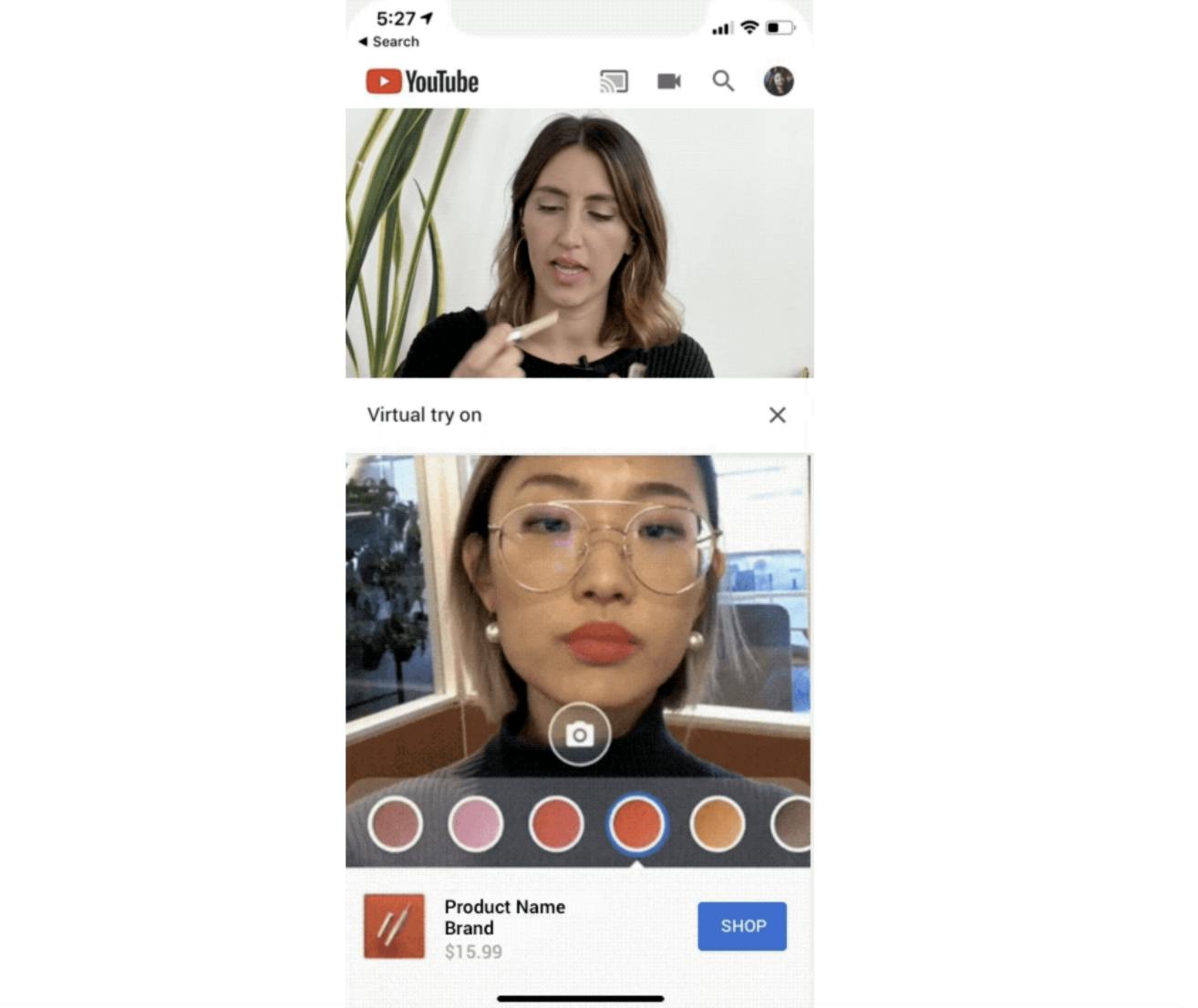
With the help of machine learning, the tool works on a full range of skin tones, and Google has already demoed the tool with several beauty brands.
Whilst YouTube isn’t the first brand to activate a similar experience - just look at YouCam make-up, Ulta’s GLAMlab, Sephora’s Virtual Artist, and L’Oreal offering Live Try On on its website.
The difference with YouTube’s AR Try-On is that it doesn’t operate like a gimmicky trend incorporated purely for engagement or e-commerce conversion. This feature allows AR-powered ad-campaigns to capture users right the way through the marketing funnel, from awareness right through to purchase.
L'OREAL & AMAZON
In a bid to allow users to make more informed decisions, L’Oreal has teamed up with Amazon to roll out an AR lipstick try-on experience (a year after L’Oreal acquired augmented reality company, ModiFace).
The feature is currently only available for Amazon shoppers in the US & Japan, giving users the ability to use their smartphone’s front-facing camera to digitally sample thousands of lipstick shades.
By bringing AR make-up try-on to Amazon, L’Oreal is bridging the gap to demonstrate its products to mobile customers, allowing them to make direct purchases via the world’s biggest e-commerce company.
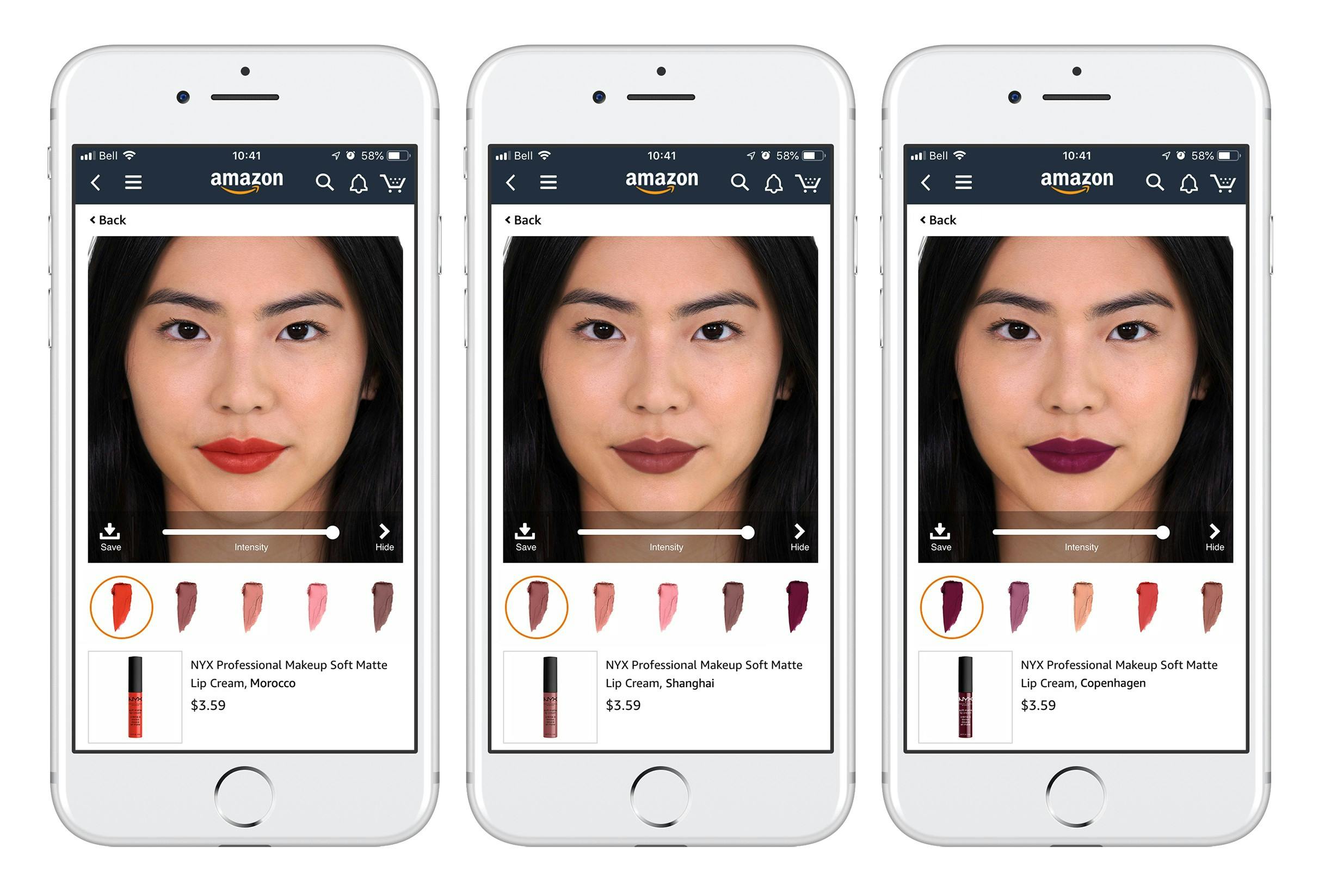
With more consumers shopping online and via their smartphone, AR sampling will continually be adopted by brands and product manufacturers as a way to help consumers feel confident about their purchases.
2. PERSONALISATION
Earlier this year, a new skin-care brand slid into the beauty space under the radar in beta testing called Atolla. The brand aims to make serums that treat a consumer’s unique skin needs, predicting how their complexion may change over time to help avoid breakouts and sensitivities through an app (coming soon).
Commenting on the release, co-founder Meghan Maupin said: “Our app uses a similar algorithm to Netflix, so it learns about your skin the more you use it”.
Until the app launches later this summer, the company are offering serums which are still hyper-personalised formulas based on a thorough evaluation of a user's skin.
Atolla sends special sensors (stickers) for customer's to use on their skin which measures pH and oil levels and moisture, as well as requesting a comprehensive survey about their lifestyle, environment and skin.
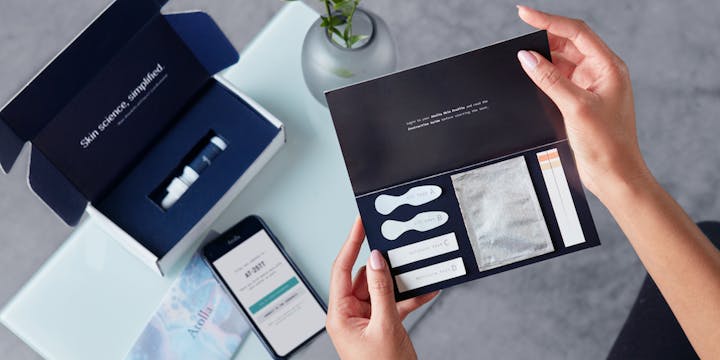
Image Credit: Atolla
Factors like the weather and a user’s interaction with other skincare brands are considered before a new serum is formulated each month.
Data findings from the serums are transferred to the app to improve the algorithm as the business scales.
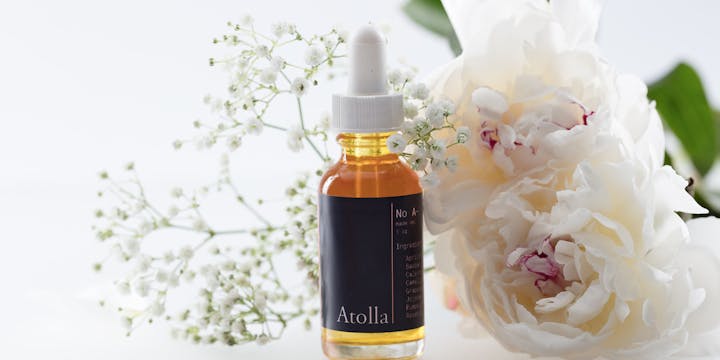
Image Credit: Atolla
“Our algorithm will constantly iterate and get smarter. To put it simply: the more people use it, the better it’ll be in predicting what your skin needs. Ultimately, we expect to know your skin so well, we’ll know how it’ll change over a year which means you can prevent unwanted changes instead of just reacting to them.
Launching this summer, the countdown to a personalised, scientific, skincare system with technology at the core is on.
We hope it lives up to the hype, as in theory, it sounds an ideal solution for skincare frustrations felt by consumers across the globe.
You can sign-up for launch alerts here.
3. 3D PRINTED MAKE-UP
Last month, the world’s first at-home 3D make-up printer dropped to mixed reviews.
The concept felt right if you were about to watch an episode of Black Mirror, but this is real life.
Have we reached a point where printing the exact make-up colour, texture, or finish we see laden across beauty mags and social feeds is the preferable option?
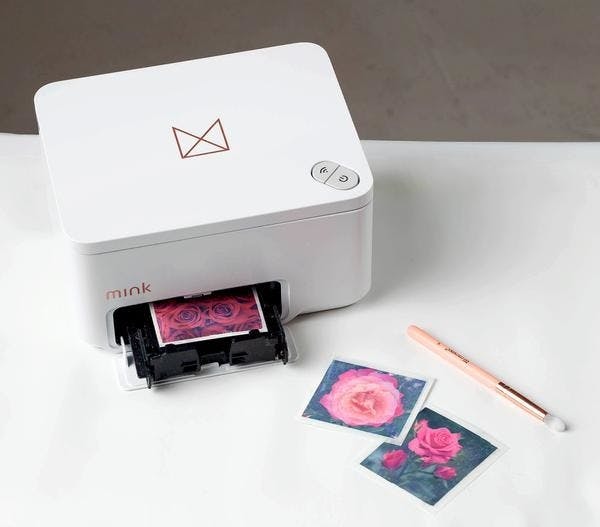
Founder Grace Choi announced in a press release:“Beauty content continues to move to digital and away from traditional TV and print. Users are turning to these images for inspiration, creating an opportunity to leverage image colour data and transform them into physical make-up”.
The concept is brilliant. If it gave you enough coverage and make-up to achieve such a look.
But in reality, we wonder whether the quality of ingredients, texture and finish are compromised?
Also, we can’t imagine consumers being down for carrying a printer around in their bag to top up their lipgloss when out for dinner?
From a sustainable point of view, however, it feels on point. Printing your make-up instead of buying into plastic packaging-heavy eyeshadow palettes will surely help reduce waste. But, realistically, how good quality can the ingredients be if it’s essentially an ink cartridge?
Fun? For sure. Gimmicky? Definitely.
Regardless, it’ll be interesting to see if 3D printed make-up catches on and what further innovations will follow suit.
When looking at beauty brands experimenting and leading the tech game, it’s not just the big players with the big pockets earning their place at the table. Agile newcomers are coming in thick and fast, with investors lining up to claim stake.
The trick to winning lies in using data and technology where it’s useful, not for its own sake.
There are certainly interesting cases of virtual tech in this space, with the good winning because they’ve listened to what consumers are buying and demanding.
Just look at YouTube, L’Oreal and Amazon for proof of that.
Ultimately, tech needs to be intrinsically linked to the product experience, otherwise, it’s just a shiny new toy waiting to be cast aside by the next new launch.
This article has been compiled by our PR & Marketing Manager, Emily.
Want to say hello, ask questions or challenge her cultural knowledge? You can drop us a line at hello@lovecreative.com.